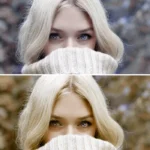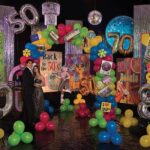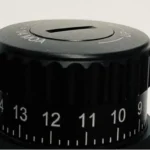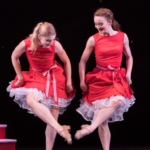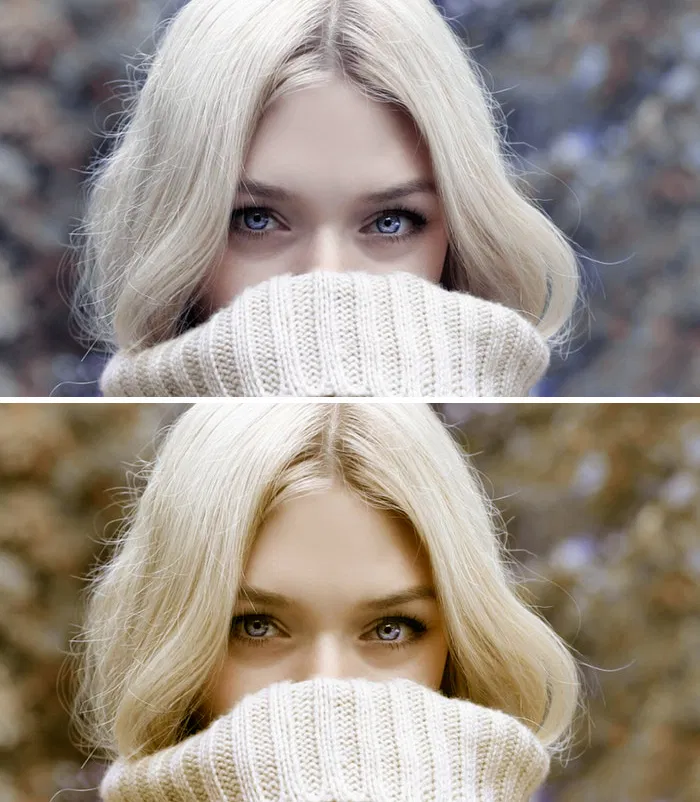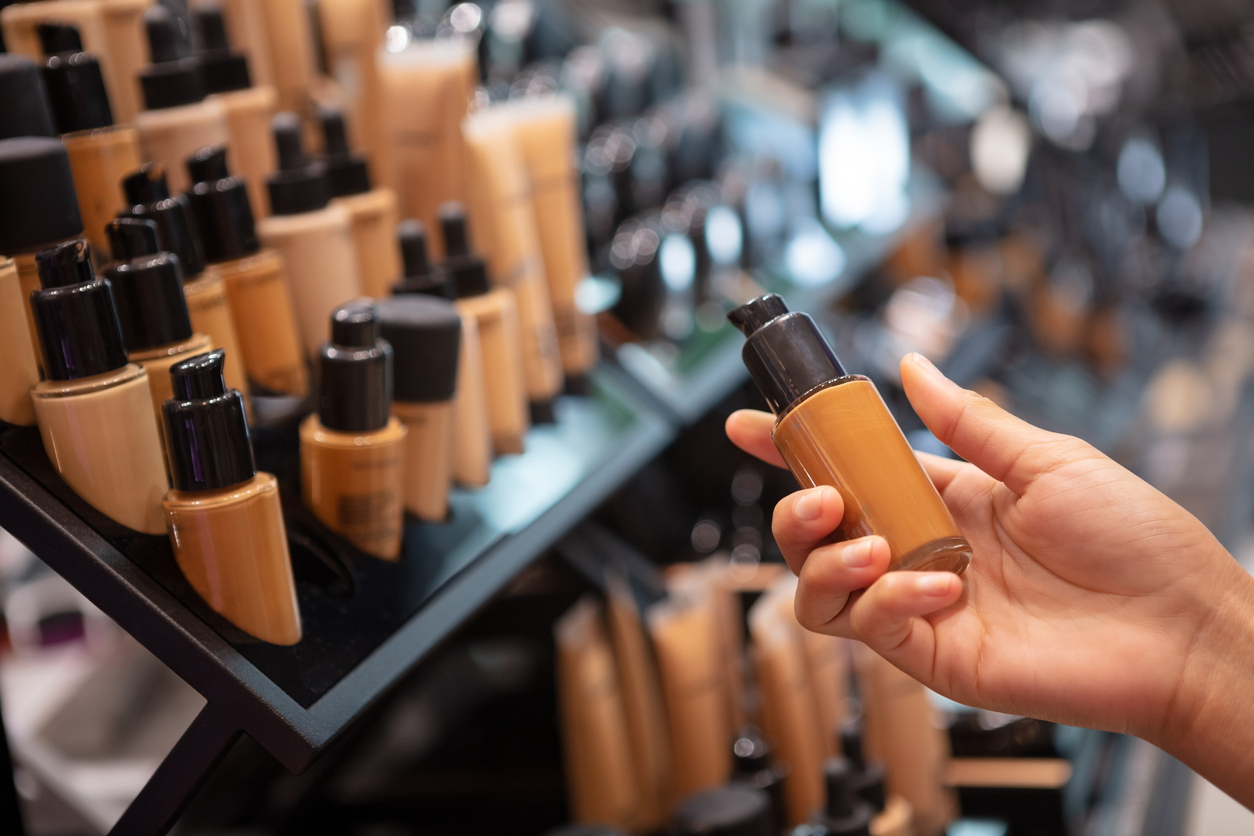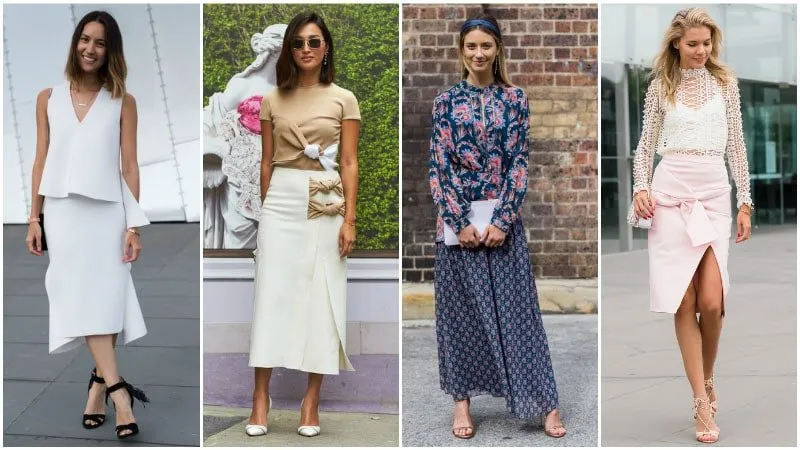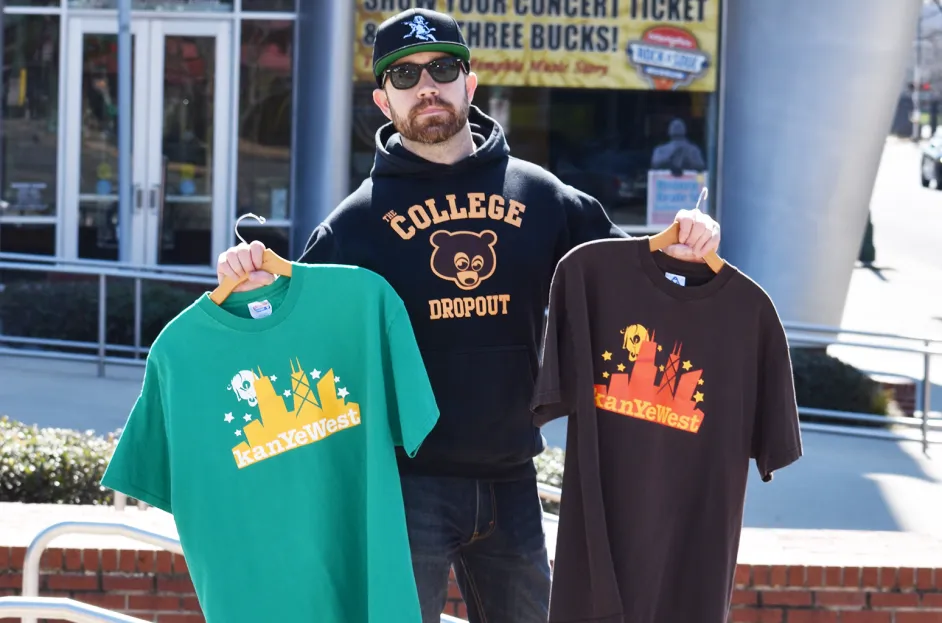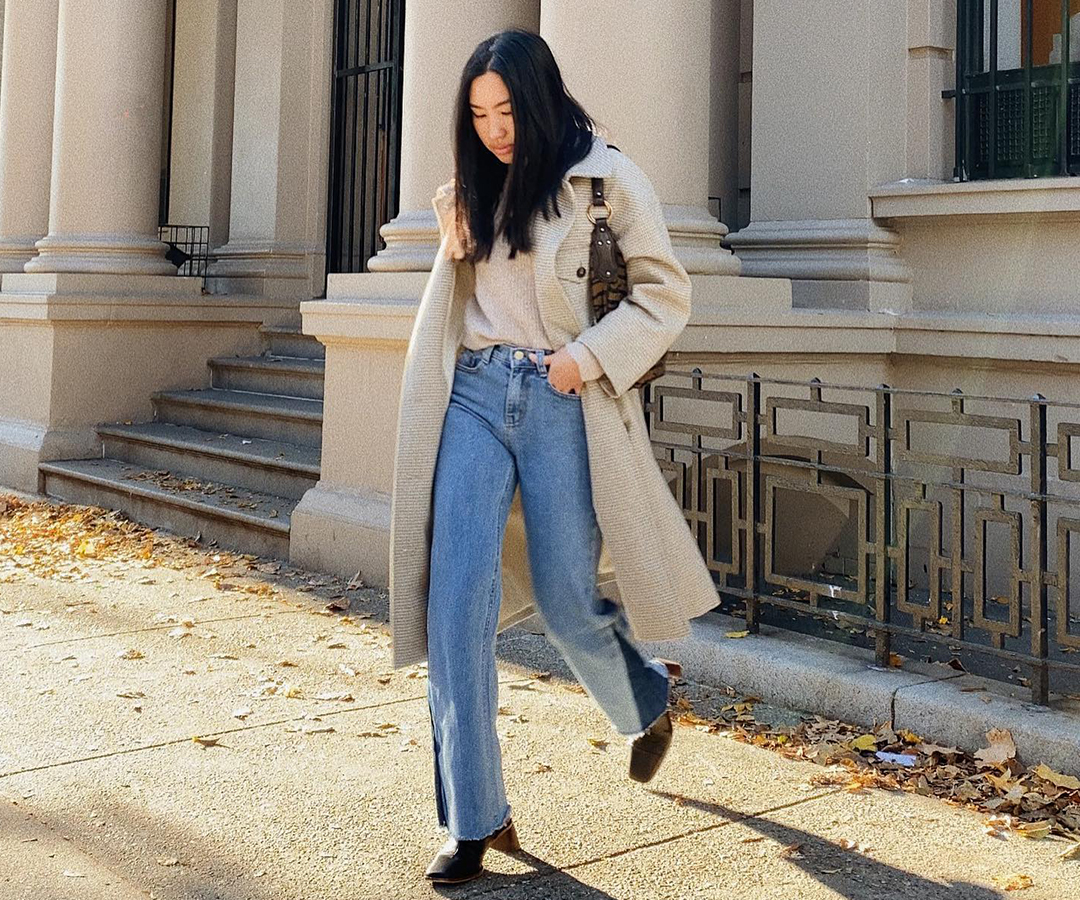Every aspect counts in fashion photography where the main difficulty involves creating flawless yet authentic looking hair. Outstanding skin quality becomes compromised when stray flyaways combine with textures and lifeless strands. High-end hair retouching serves as an essential element for final picture perfection during the post-production process.
Master hair retouching specialists use complex digital processing methods to perfect hair while avoiding an artificial appearance. This tutorial discloses all the essential steps needed for flawless Fashion Photo Retouching while sustaining believably natural hair volume and structure.
1. Start with a High-Quality Base Image
Hair retouching starts with a well-lit, high-resolution image. The higher quality details you record in the initial framing make it simpler to improve hair appearance during post-processing work.
✔ ️ Use RAW format – Retains more hair detail and color accuracy.
- Directional lighting with soft intensity should be selected because it creates shadow-less lighting which reveals hair texture.
- Excessive backlighting creates difficulties in hair retouching because it makes hairs blend into camera backgrounds.
- A neutral background during photography makes selection of hair during post-editing more effective.
2. Cleaning Up Flyaways & Stray Hairs
Unruly flyaways produce an unprofessional appearance in images. The success of this process depends on taking away all disruptions but protecting normal hair movement.
🔹 Tools for Flyaway Removal:
- The Clone Stamp Tool functions perfectly for eliminating single hairs that escape solid background areas.
- With the Spot Healing Brush you can flush away minor flyaway hairs conveniently.
- The Patch Tool functions superbly to handle significant repairs in images where restorations remain undetectable.
- Layer Masks enable you to edit photos non-destructively because they allow adjustments through fine-tuning at later stages.
- To achieve a realistic appearance keep a few flyaways visible near the hair edges instead of totally smoothing all the strands.
3. Refining Hair Shape & Volume
People with flat or uneven hair in digital images need specific adjustments to create a fuller and more attractive hairstyle.
🔹 Techniques for Hair Shaping:
- The Liquify Tool enables users to carefully change hair position while maintaining its natural movement.
- The Dodge & Burn tool produces illusion of depth that results in thicker hair giving it a fuller visual pattern.
- Use Curves and Levels adjustments to improve contrast which will in turn define each hair strand.
To make the most effective use of the Liquify Tool maintain all modifications at a minimum level. Constant application of hair styling tools creates artificial results that stretch the hair until it appears disharmonious with its natural state.
4. Enhancing Hair Texture & Shine
Fashion photography representing elite brands relies on hair that resembles healthy natural light while displaying natural shine. An appropriate texture enhancement system produces hair results that display softness and life and smoothness.
🔹 How to Add Shine & Texture:
- The High-Pass Filter increases the visibility of small details that appear in each hair strand.
- To produce authentic light reflections in specific hair areas use the selective Dodge & Burn feature.
- The blending modes “Soft Light” and “Overlay” work naturally to enhance shine while editing.
- The process of noise reduction eliminates grain while it maintains all natural hair elements intact.
- The shine effect should never create excessive reflectivity as it might produce a fake appearance. The technique should focus on delicate enhancement of natural highlights without losing their soft aspects.
5. Fixing Hair Color & Tones
Statistics along with unwanted color casts or signs of fading in hair create an unprofessional image appearance. The application of color correction makes hair look vibrant and real by fixing all colors to their natural appearance.
🔹 Best Techniques for Hair Color Correction:
- This technique lets you fine-tune specific colors for treating color issues.
- Adjustments by hue and saturation enable you to increase saturation without altering natural color values.
- Gradient Maps enable users to achieve the balanced distribution of highlights along with midtones and shadows which creates uniform color distribution.
- Split Toning enables users to apply gentle coolness or warmth which enhances the total appearance of the image.
- Hair color editing success depends on periodic comparisons between photographic hair tones and natural hair color references so that readers avoid unrealistic hair color shifts.
6. Advanced Strand-by-Strand Retouching
Beauty close-ups demand individual strand editing for obtaining a professional yet naturally convincing appearance.
🔹 How to Refine Individual Strands:
✔️ Use a Small Brush Tool: Create new hair strands for a fuller look.
- Layer Masks enable specific image editing which maintains the underlying content in the base image.
- Blurring background hairs slightly helps add depth and realism to the image.
- Enhancing the most noticeable hair sections requires the key strands to be sharpened.
- When refining hair strands avoid extensive painting and manufactured strand creation because delicate targeted refinements produce the most professional results.
Why Professional Hair Retouching Matters in Fashion Photography
An expert retouched hairstyle does more than correct flaws because it builds up the visual strength of fashion photography as a whole. Photographic retouching of hair completes the sophisticated high-end look that appears in luxury electronic and print advertisements and fashion editorial publications.
Benefits of Professional Hair Retouching:
✅ Eliminates Distracting Flyaways
✅ Adds Shine Without Over-Processing
✅ Ensures a Magazine-Quality Finish
Conclusion
When mastering high-end hair retouching one must possess advanced editing techniques along with precision and patience. Proficient fine-tuning of flyaways and adding volume and texture and shine and color improvements turns an acceptable image into a high-end award-winning fashion editorial image.
The entire range of expert techniques presented here enables photographers and brands and professional editors to produce flawless fashion photography of magazine quality standards. You can achieve consistent high-end visual appeal for premium hair retouching through outsourcing your work to professional experts.

